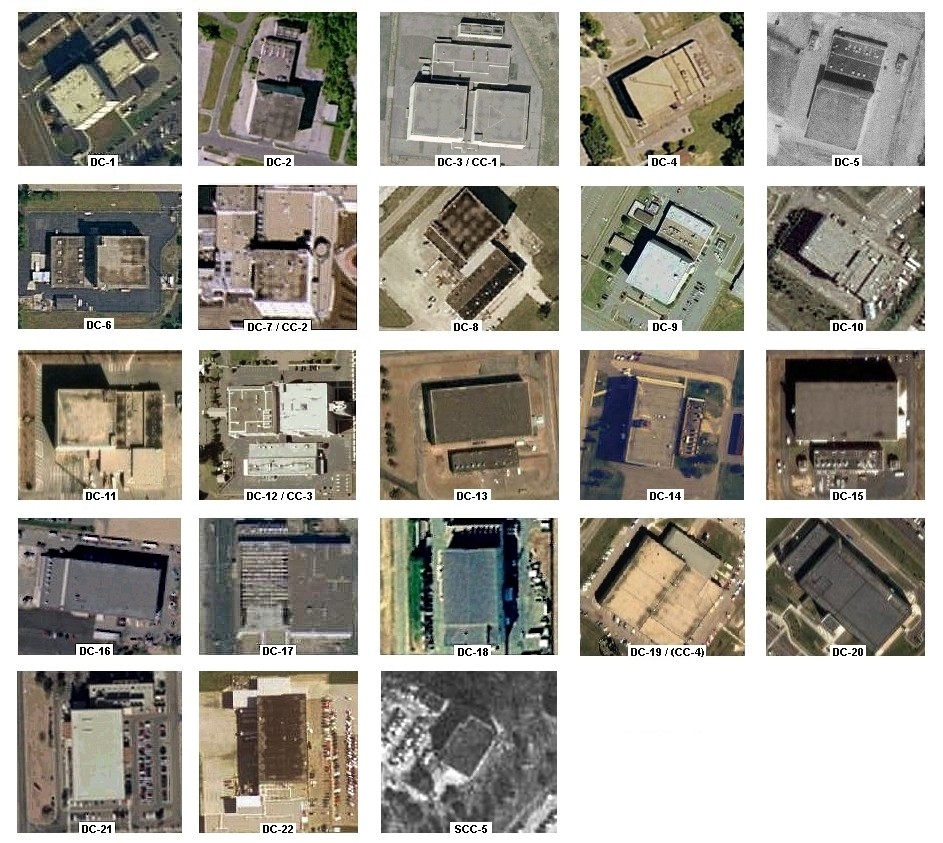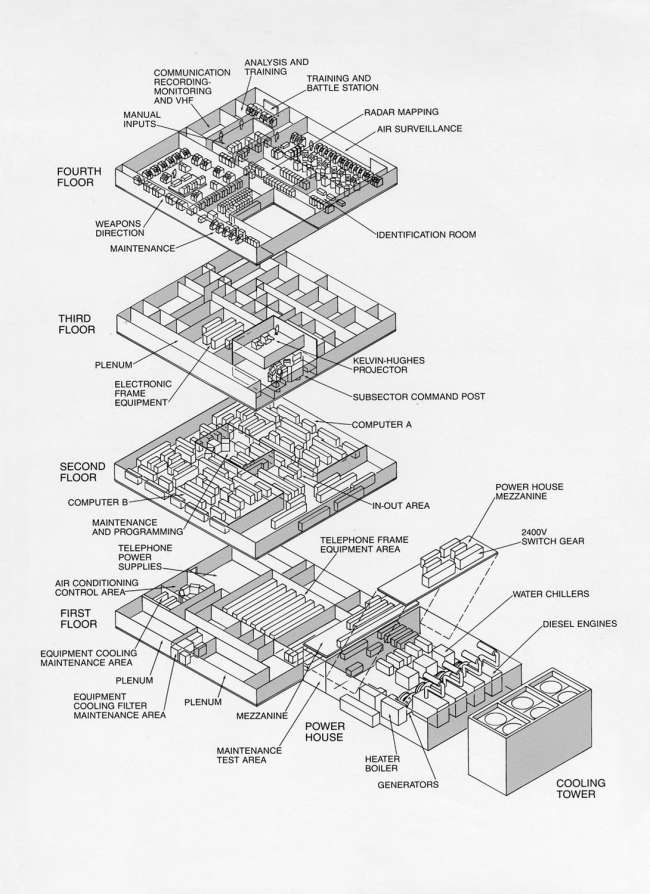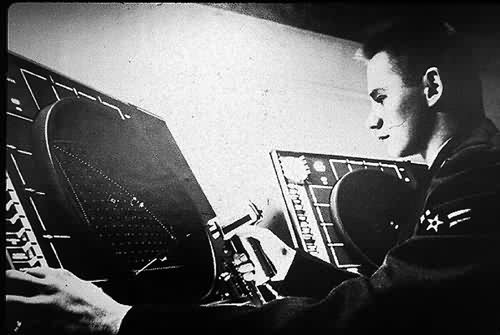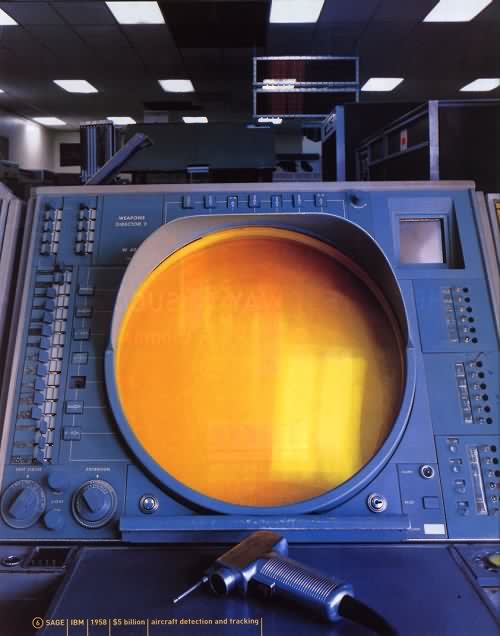SAGE Documents
[Click on photo to access site`s page]

[Click on photo to access site`s page]

Key to SAGE Direction Center (DC) and Control Center (CC) Locations -
[Click link to access site`s page]
DC-1: McGuire AFB, NJ
DC-2: Stewart AFB, NY
DC-3 / CC-1: Hancock Field, NY
DC-4: Fort Lee AFS, VA
DC-5: Topsham AFS, ME (blockhouse demolished)
DC-6: Fort Custer, MI
DC-7 / CC-2: Truax Field, WI
DC-8: Richards-Gebaur AFB, MO
DC-9: Gunter AFB, AL
DC-10: Duluth IAP, MN
DC-11: Grand Forks AFB, ND
DC-12 / CC-3: McChord AFB, WA
DC-13: Adair AFS, OR
DC-14: K. I. Sawyer AFB, MI
DC-15: Larson AFB, WA
DC-16: Stead AFB, NV
DC-17: Norton AFB, CA
DC-18: Beale AFB, CA
DC-19 / CC-4*: Minot AFB, ND (* CC-4 blockhouse built, but AN/FSQ-8 never installed)
DC-20: Malmstrom AFB, MT
DC-21: Luke AFB, AZ
DC-22: Sioux City AFS, IA
SCC-5: Hamilton AFB, CA

Documents:

This photo is the same one which appears on Page 1 of the Command Post (above), minus the crease.
The A/2C in the photo is William J. Eberfeld. He retired as CMSgt.
Above photo is dated 1963 and reads "Microwave radio communications used to transmit data rapidly between SAGE installations throughout the country." Contributed by Bob Spiers
SAGE consoles, perhaps in the manufacturing facility. Contributed by Bob Spiers
From the November 1999 "Wired" magazine (comments from the magazine):

IBM`s massive SAGE (Semi-Automatic Ground Environment) system for air-defense radar processing helpd calm `50s societal hysteria over the possibility of a renegade Russian bomber. A replacement for the grease-pencil plotting of radar blips - far too slow to be effective against supersonic planes - SAGE kept vigil for Red nukes screaming over the North Pole. Yet it was fooled more than once, says Computer Museum curator Dag Spicer, by flocks of birds soaring above Newfoundland.
During its design, some 7,000 programmers had their hands on SAGE. By 1963, the system had evolved into 23 windowless blast-resistant centers around North America, each with a 250-ton computer powered by 49,000 vacuum tubes. Via modem, the machines spoke to one another, to ground and shipboard radar, and to weather stations, and kept tabs on legit air traffic.
Operators stationed in blue-lit rooms interacted with their screens using light guns. Judging by the messages penciled on the backs of removable knobs on the pictured model - "Get me out of here!" and "I want a pizza!" - the work was tedious. Energy boosts came from cigarettes, ignited from lighters built into the console, and snuffed out into onboard ashtrays. Rare moments of intensity were quickly quelled, recounts Spicer, once it was determined that "attacks" were simulations generated by training tapes accidentally left playing.
By the time the $5 billion SAGE system was fully deployed, it was obsolete, no match for the speed of new ICBMs. {Ed Note: SAGE never was designed to counter a space or missile threat. It was designed to counter the air breathing threat. SAGE was operating long after the ICBM threat was recognized. Maybe it would have been closed due to ICBMs had the Soviets gotten rid of its manned bomber force and maintained only the Strategic Rocket Forces. They did not ergo SAGE stayed open. It was closed because the bomber threat diminished thus the mission became airspace sovereignty not defense.] But the technology led to Sabre, the airline reservation system still in use today.